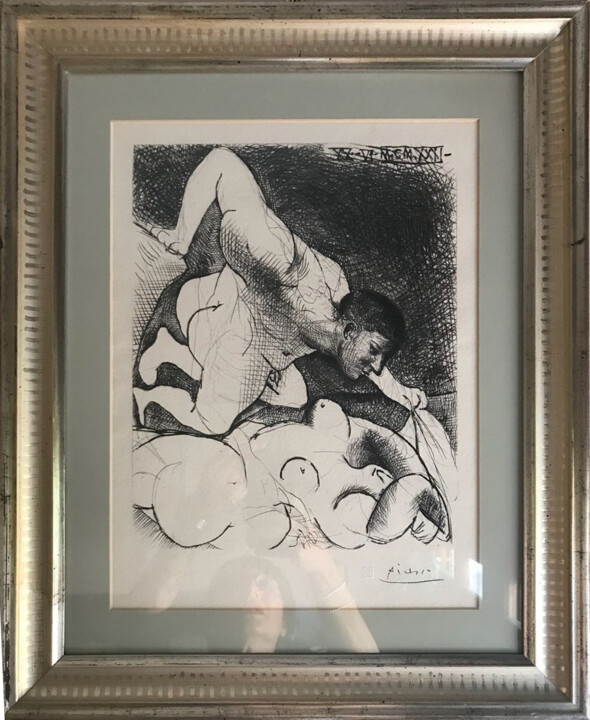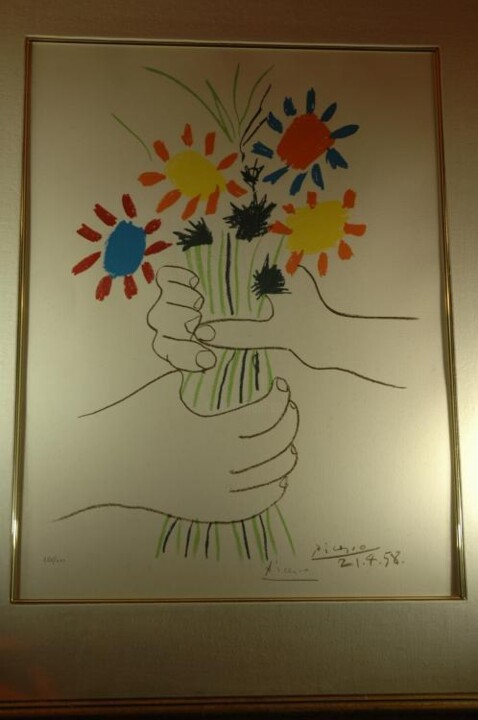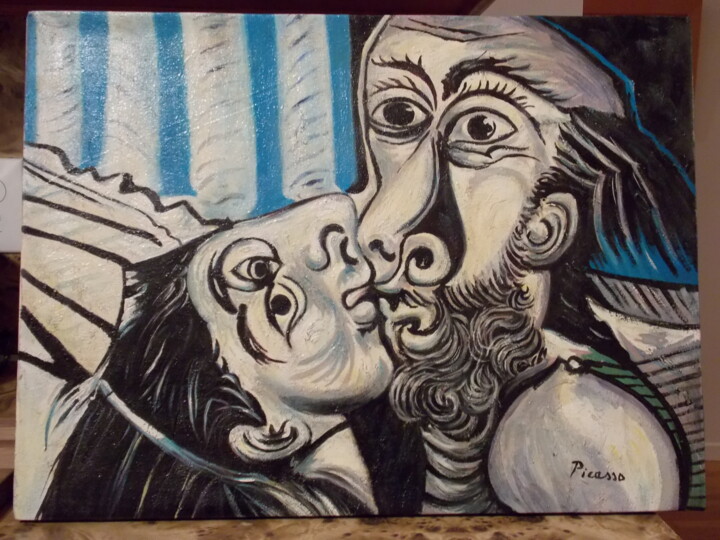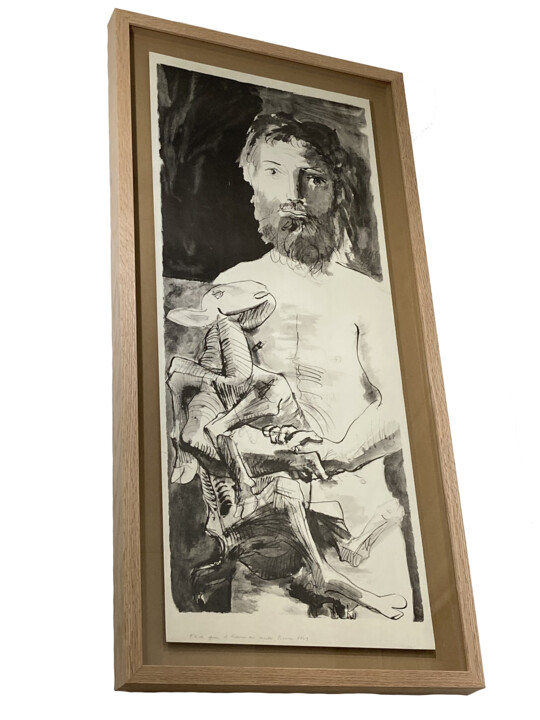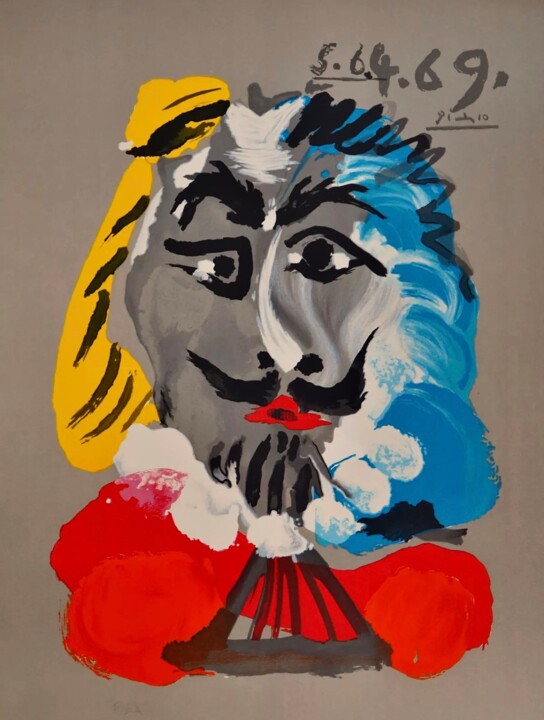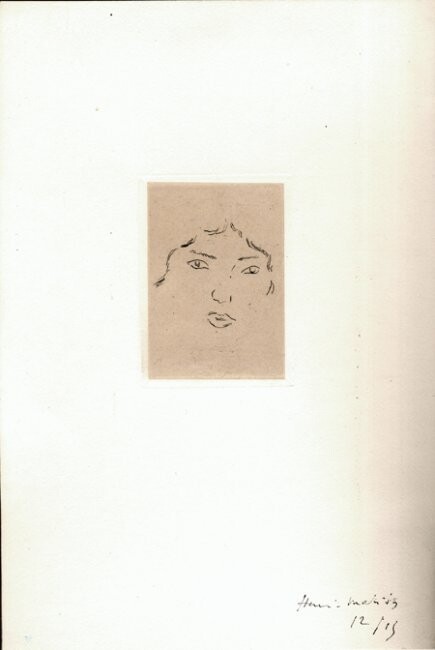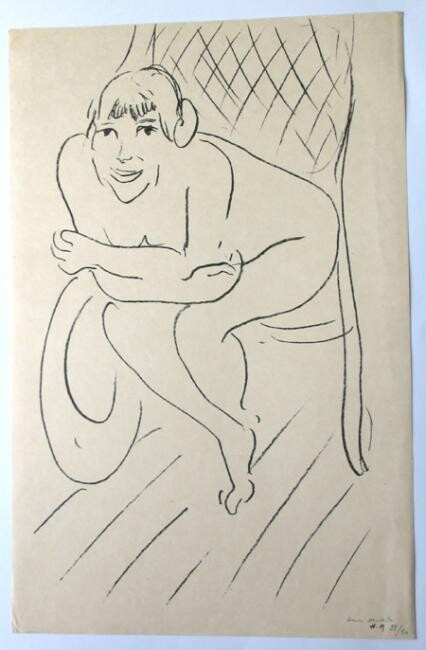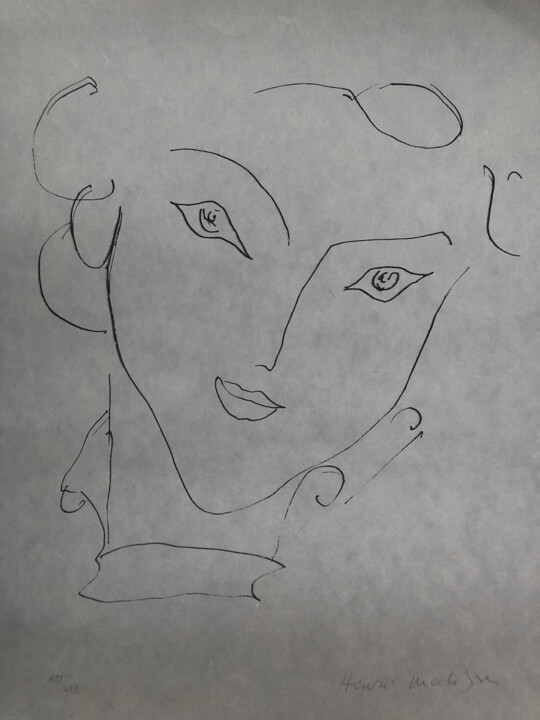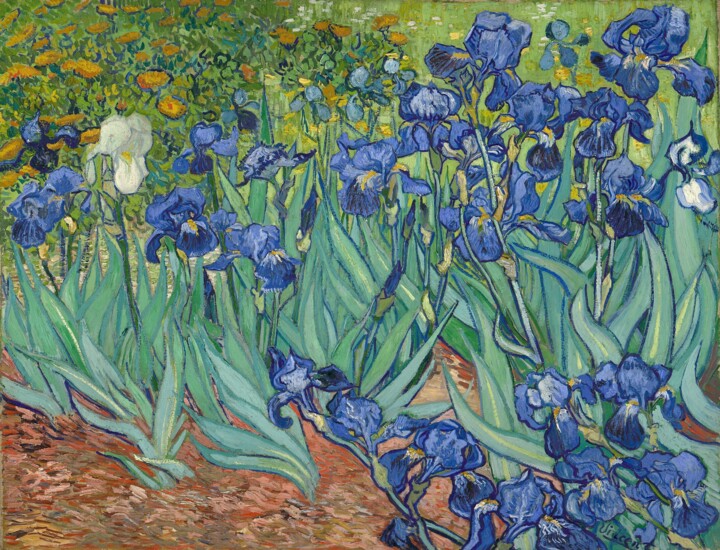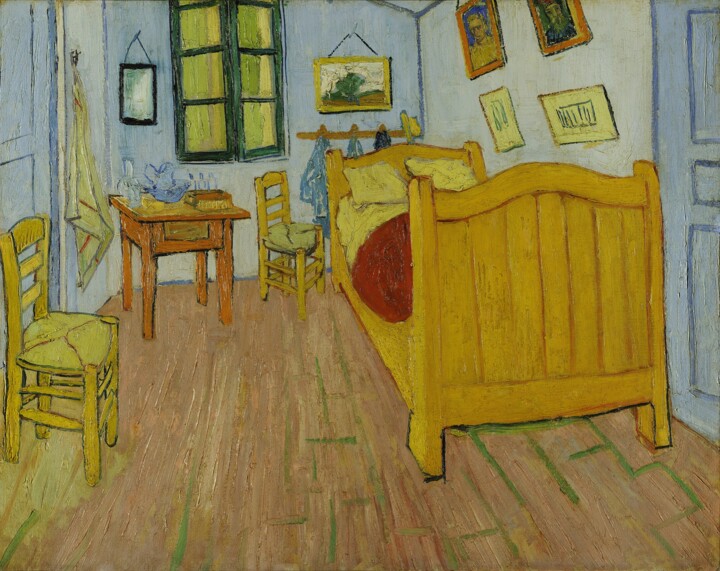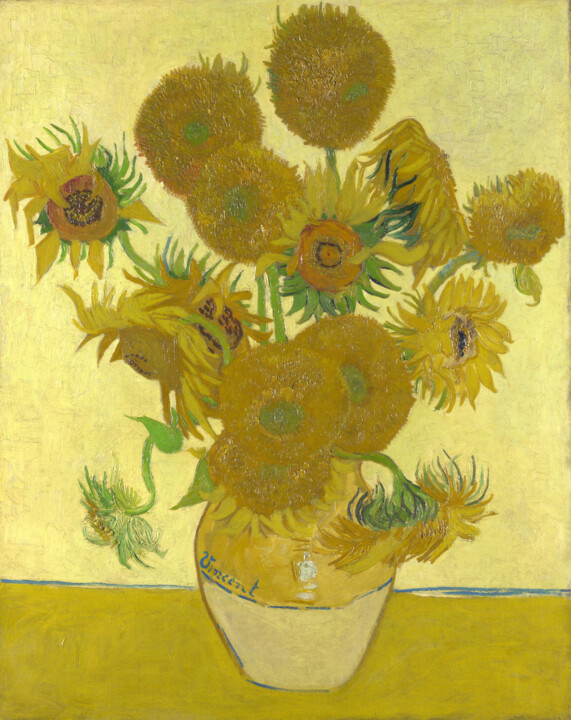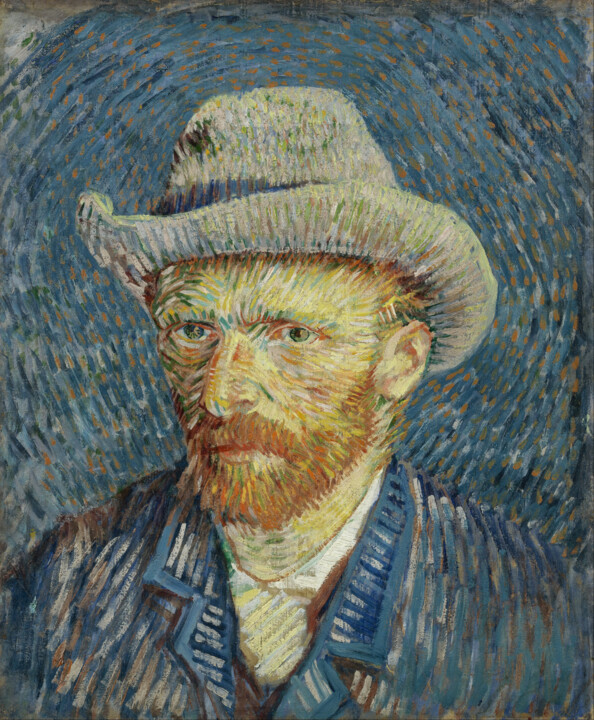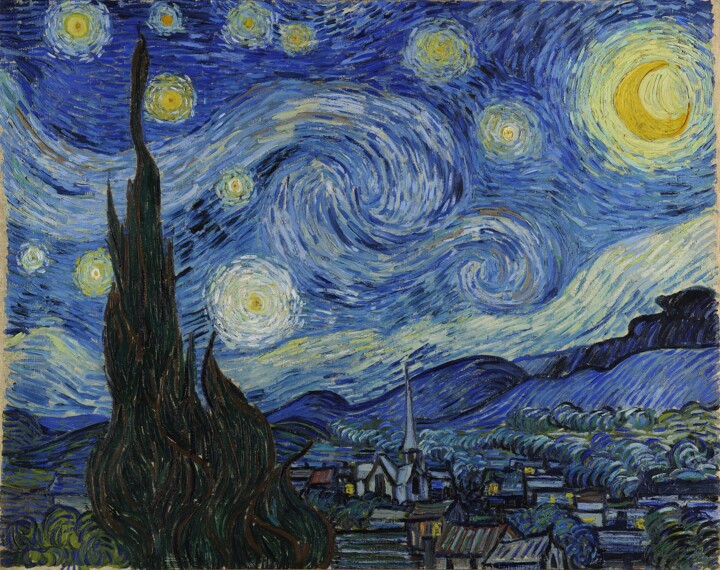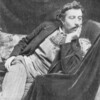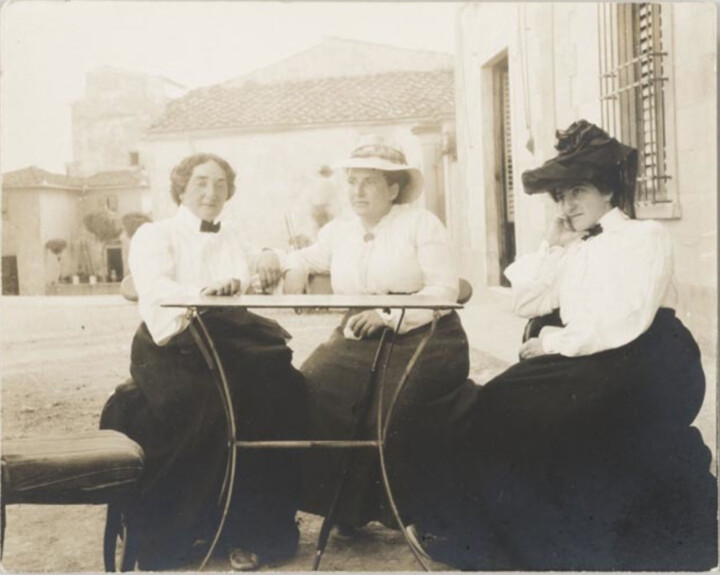 Cone sisters with Gertrude Stein, 1903, The Baltimore Museum of Art
Cone sisters with Gertrude Stein, 1903, The Baltimore Museum of Art
Who were Claribel and Etta Cone?
Claribel Cone (1864–1929) was a physician, and Etta Cone (1870–1949) was a pianist. The parents of the Cone sisters were Herman Cone and Helen Cone, both of whom were German-Jewish immigrants. Herman, originally from Altenstadt in Bavaria, which is situated south of Ulm, made the decision to anglicize his last name shortly after arriving in the United States in 1845. The family resided in Jonesboro, Tennessee, where they established a thriving grocery business and lived until 1871. It was in Tennessee that Claribel and Etta, the Cone sisters, were born.
The Cone sisters both attended the Western Female High School. However, Claribel pursued a path that went against her family's wishes by enrolling in the Women's Medical College of Baltimore. She successfully graduated in 1890 and went on to complete an internship at Blockley Hospital for the Insane in Philadelphia. Subsequently, she worked in the pathology laboratory of the Johns Hopkins Medical School and pursued postgraduate studies at the University of Pennsylvania with the aspiration of becoming a medical doctor. However, she ultimately did not practice clinical medicine. Instead, Claribel dedicated herself to teaching and research, serving as a professor of pathology at the Women's Medical College for 25 years. Etta was a pianist and took charge of running the family's household affairs.
Starting in 1901, the sisters began a tradition of annual trips to Europe, during which they also started collecting art. They were particularly drawn to the avant-garde art movements of the time, including Impressionism and Post-Impressionism. One of the most significant aspects of their collection was their appreciation and support of the work of Henri Matisse. They became close friends and patrons of Matisse and their collection one of the most extensive holdings of Matisse's work outside of France. Their collection also included works by other influential artists such as Pablo Picasso, Paul Cézanne, and Pierre-Auguste Renoir.
Upon their deaths, the Cone sisters left their art collection to the Baltimore Museum of Art, along with an endowment to maintain and care for the collection. Today, the Cone Collection is a prized part of the museum's holdings and continues to be a significant cultural and artistic asset in Baltimore, showcasing some of the most important works of modern art from the late 19th and early 20th centuries.
The Cone sisters art collection
The Cone sisters, Claribel and Etta, are renowned for their extraordinary art collection, which focused on modern art from the late 19th and early 20th centuries. Their collection is widely celebrated for its breadth and depth, reflecting their keen eye for emerging artistic movements of the time. The Cone sisters' extensive network of social connections provided them with a unique opportunity to amass a globally acclaimed art collection. Over time, they curated an impressive assortment of paintings and sculptures, featuring the works of renowned artists such as Picasso, Matisse, Cézanne, Paul Gauguin, and Vincent van Gogh.
The Cone sisters maintained friendships with notable literary figures such as Gertrude Stein and Alice B. Toklas. Their social circle extended to include prominent artists like French painter Henri Matisse and Spanish artist Pablo Picasso. Etta Cone initiated her art collection in 1898, commencing a lifelong passion for collecting with the acquisition of five impressionistic paintings by Theodore Robinson. Initially, her artistic preferences leaned towards the conventional. However, a pivotal moment occurred in 1903 when the Cone sisters embarked on a European vacation and visited Stein and her brother in Paris. It was during this visit that Etta Cone was introduced to Pablo Picasso, and the following year, to Henri Matisse. These encounters marked the inception of her enduring admiration for Matisse's art. The relationship cultivated between the Cone sisters and Matisse was so intimate that he affectionately referred to them as "my two Baltimore ladies." Matisse even created a sketch of Etta Cone as a testament to their close connection.
Etta Cone's art acquisitions extended support to emerging artists like Matisse and Picasso, as well as students from the Maryland Institute College (MICA). She also had a knack for obtaining artworks at exceptionally low prices, often purchasing pieces from the financially-strapped Steins. The Steins were known to acquire discarded sketches from Picasso's studio for mere two or three dollars each.
Claribel Cone, on the other hand, favored more experimental and avant-garde works. She notably acquired Matisse's Blue Nude for 120,760 francs and Paul Cézanne's mountain painting Mont Sainte Victoire as Seen From Bibemus Quarry for 410,000 francs. In contrast, Etta Cone, who was more financially cautious, tended to spend around 10,000 francs on collections of drawings or paintings.
The Cone sisters held a particular fascination for Matisse's work during his Nice period. After Claribel's passing, Etta adopted a more adventurous approach to her acquisitions, exemplified by her purchase of Matisse's Large Reclining Nude (The Pink Nude).
The Cone sisters also assembled a remarkable collection of lace sourced from various European origins, encompassing a wide range of styles from early drawnwork techniques like reticella to needle lace and bobbin lace spanning centuries. These significant lace artifacts now find their home in the Baltimore Museum of Art and have been featured in exhibitions.
The Legacy of the Cone Sisters
While the sisters kept their collection private during Etta's lifetime, she occasionally loaned pieces to museums for public exhibitions. Claribel had bequeathed her artistic paintings to Etta, stipulating in her will that if there was an interest in modern art, these paintings should be transferred to the Baltimore Museum of Art. Ultimately, the majority of the collection was bequeathed to the museum through Etta's will. The internationally acclaimed collection of artworks by French artist Henri Matisse at the BMA owes its existence and prestige to the vision and philanthropic endeavors of Baltimore sisters Claribel and Etta Cone. Today, the Cone Collection serves as a valuable resource for art students and scholars from around the world, offering rich research material. As of 2002, the estimated value of the Cone Collection was close to $1 billion.
This remarkable collection comprises approximately 3,000 items that the Cone sisters had gathered over a span of 50 years. It encompasses not only French art but also American art, including a wealth of over 1,000 American prints, illustrated books, and drawings. Among the eclectic mix are textile items, costume jewelry, furniture like tables, chairs, and cabinets, as well as Coptic fragments, Middle Eastern silks, eighteenth-century jewelry, nineteenth-century furniture, oriental rugs, African adornments, Japanese prints, Egyptian sculptures, and antique ivory carvings.
The Cone Collection boasts an impressive array of artworks, including iconic pieces like Matisse's Blue Nude (1907) and Reclining Nude (1935), Cézanne's Mont Sainte Victoire as seen from Bibémus Quarry (1897), Gauguin's Woman of Mango (1892), and Picasso's Mother with Child (1922). The Cone sisters meticulously gathered works spanning Matisse's entire painting career, amassing a total of 42 of his oil paintings, 16 sculptures, 35 drawings, 150 prints, and half a dozen illustrated books. Additionally, their collection includes over 200 hand drawings, art prints, and illustrated copper plates from Matisse's first published book of illustration, Poésies de Stéphane Mallarmé. Among their notable Matisse acquisitions are Woman in a Turban (Lorette) from 1917, Seated Odalisque, Knee Bent, Ornamental Background (1928), and Interior, Flowers with Parakeets (1924). Notably, the Cone sisters' collection boasts a staggering 500 works by Matisse, making it the largest and most comprehensive assemblage of his art worldwide. The Cone sisters' art collection also featured a significant number of Picasso's works, including 114 prints and drawings from his early years in Barcelona and his Rose period (1905–1906) in Paris.
As early as 1940, museums began vying for the opportunity to acquire The Cone Collection. However, Claribel Cone's stipulation was clear: the collection should find its home at The Baltimore Museum of Art only if “the spirit of appreciation for modern art in Baltimore became improved.” This condition was fulfilled, and following Etta Cone's passing in 1949, the collection found its permanent residence in the BMA's Cone Wing, where it has been on display since 1957. The Baltimore Museum of Art treasures the internationally acclaimed Cone Collection as its crowning jewel. A part of the Cone art collection, which includes numerous Matisse lithographs and bronzes, is housed at the Weatherspoon Art Museum at the University of North Carolina.


 Selena Mattei
Selena Mattei






